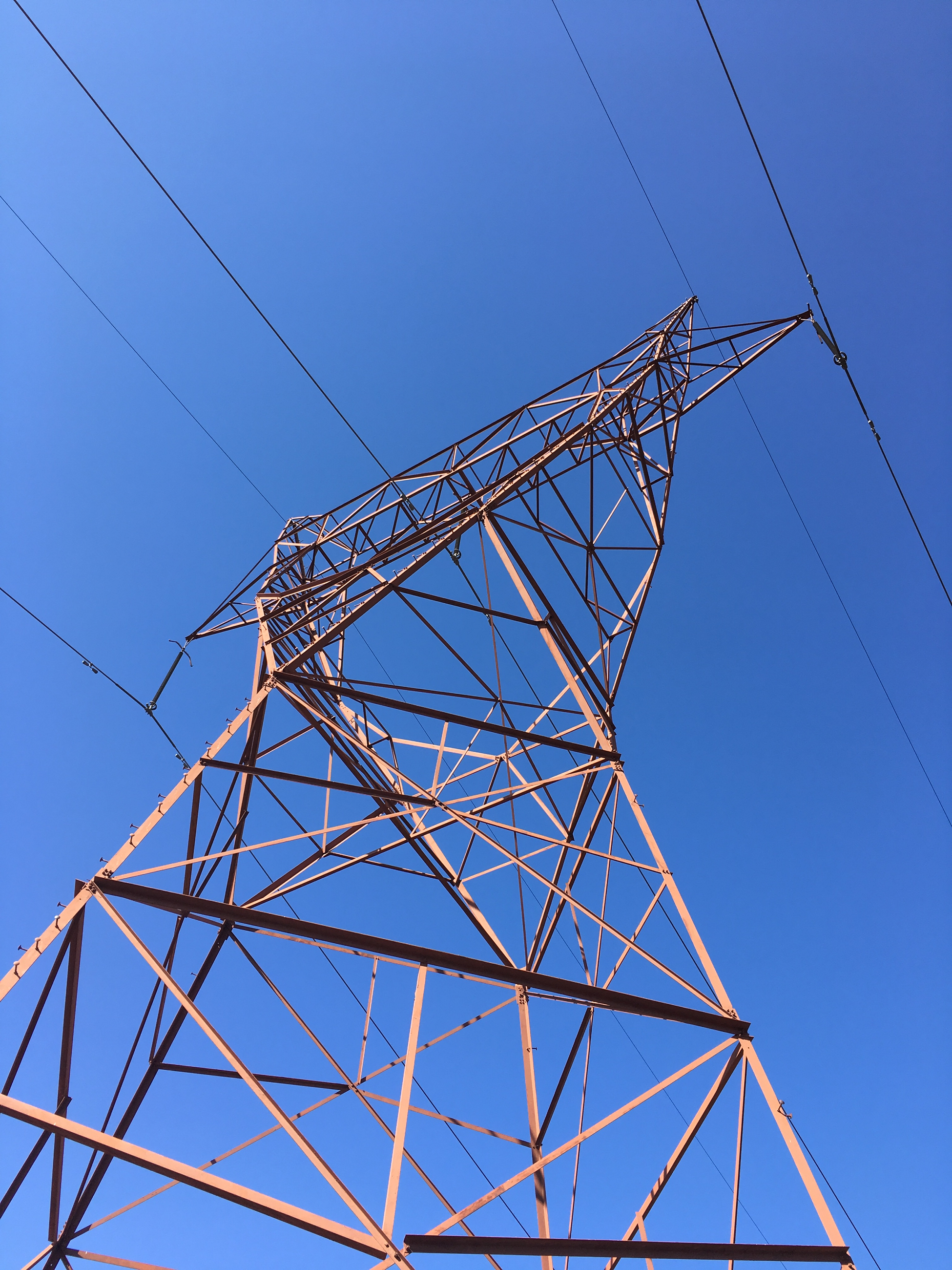Sustainable Energy Infrastructure Siting: An Agent Based Approach
Technical, environment, social, economic and political constraints are critical barriers to the development of new renewable energy supplies. This paper is an agent-based, predictive analytics model of energy siting policy in the techno-social space that simulates how competing interests shape siting outcomes to identify the beneficial policy for sustainable energy infrastructure. Using a high voltage transmission line as a case study, we integrate project engineering and institutional factors with GIS data on land use attributes and US Census residential demographics. We focus on modeling citizen attitudinal, Community Based Organization (CBO) emergence and behavioral diffusion of support and opposition with Bilateral Shapley Values from cooperative game theory. We also simulate the competitive policy process and interaction between citizens, CBOs and regulatory, utility and governmental stakeholders using a non-cooperative game theory. In addition, our model simulates the complexity of infrastructure siting by fusing citizen attitude and behavior diffusion, stakeholder bargaining and regulatory decision-making. We find CBO formation, utility message and NGO messaging have a positive impact on citizen comments submitted as a part of the Environmental Impact Statement process, while project need and procedure have a negative impact. As citizens communicate and exchange political opinions across greater distances with more neighbors, less CBOs form but those that do are more effective, increasing the number of messages citizens send. Our results also indicate that despite the money spent on assessing the engineering aspects of major infrastructure projects, citizen participation and political power can be more important to stakeholder bargaining outcomes than the level of local disruption that project causes.

